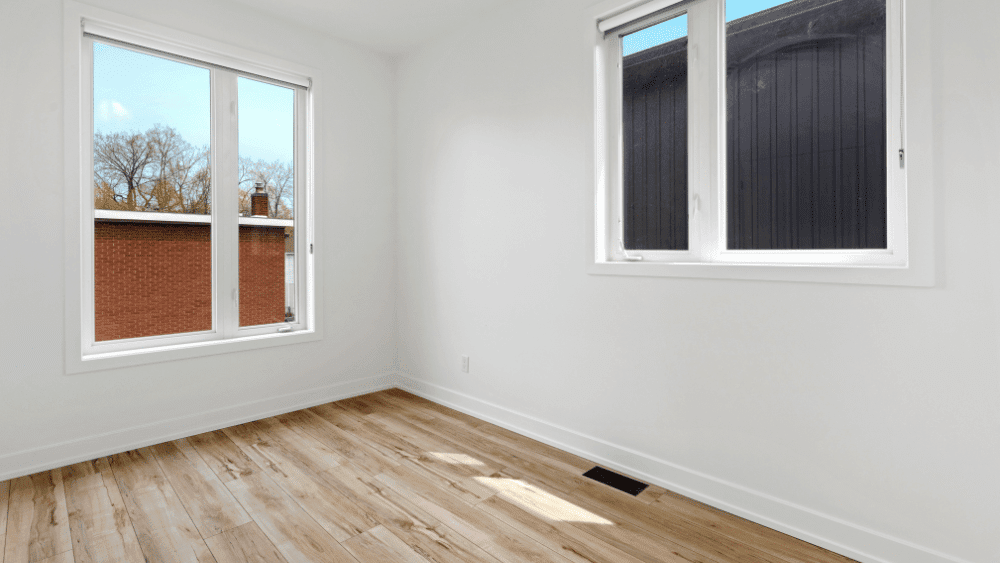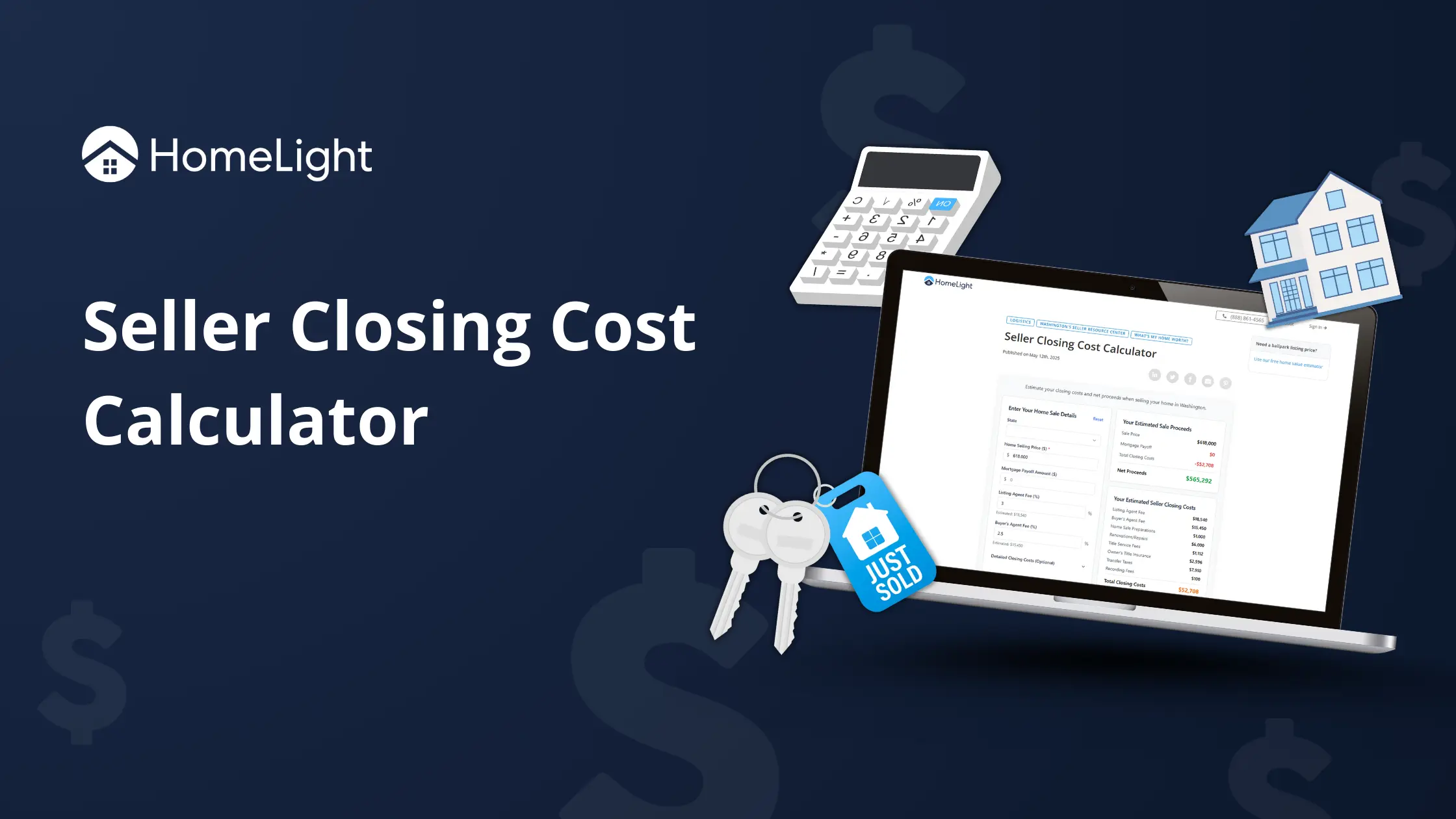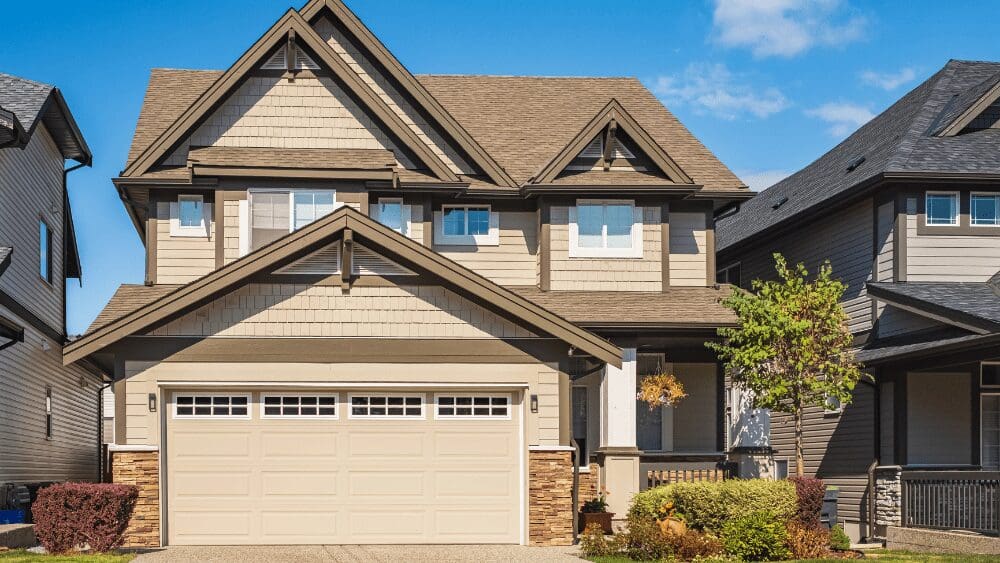
It’s a common question among home sellers who are buying and selling at the same time: Is it better to have an empty house when selling? Or perhaps you’re helping a parent downsize or selling an inherited property and wondering if an empty house will sell faster or slower or for more or less money. To get expert insight, we spoke with Melanie Hunt, a top real estate agent in Fort Worth, Texas, with 44 years of experience in residential sales. We’ll combine her seasoned advice with data from agents nationwide to help you make the best decision for your sale. Historically, occupied homes tend to sell slightly faster and for more money than vacant homes, but it depends on the market and the property. A 2019 study showed that vacant homes sold for around $11,000 less and took six days longer to sell. However, if a market is active and there are more buyers than homes, an empty house might sell faster because it’s ready for immediate move-in. In her experience, Hunt says selling a vacant home can sometimes be a better choice than cluttered or over-furnished homes if the seller isn’t able to create a clean, minimal look. “If you can’t get the seller to do massive rearranging and decluttering, then it’s better that the house is vacant,” she says. “Buyers can actually see the bones of the house then.” Hunt says the best approach depends on the home. Whether furnished or empty, sellers must make it easy for potential buyers to imagine themselves living in the home. This means presenting a home that’s inviting. “I think it is the HGTV effect,” she explains. “If the sellers don’t have the house as neat and decorated and clean as an HGTV home, then the buyers walk in and they just see clutter, and the clutter takes away from the house — it brings the room in, and makes it smaller.” She says this “smallness” can be felt in person and in listing photos. Even something as simple as the back of a sofa can “bring the room in,” distracting buyers from the space itself. “And that’s what people are looking for, space. They don’t care about your antique doll collection; they want to see the room.” In short, a house that’s furnished in a way that helps buyers see themselves living there is generally going to help it sell. But if it’s a choice between showing a cluttered, tight-feeling house or a vacant open home, then it’s usually better to sell the house empty. If you’ve already moved out or are clearing a home for a parent, you may not have the option to leave furniture in place. In that case, Hunt recommends you start with lots of light. “When a buyer walks into an empty home, all the lights need to be bright so it’s inviting,” she explains. “It can’t be dark and dingy. You’ve got to change all the light bulbs out to a bright white and have the window blinds open. It invites buyers to step in and imagine the room with their things in it.” Here are expert-backed tips that can help your empty home show in the best possible light: “In virtually-staged listing photos, buyers see all this elaborate furniture and decoration and rugs and everything, but then when they walk into the house, it’s visually cold and empty,” she explains. “I think it’s more important to structure the showing based on what they’re going to see when they get there.” If you decide to apply virtual staging, Hunt recommends using it sparingly. “I know a lot of people who will virtually stage two rooms, and then they place those two photos in the front of the listing, followed by all the pictures of the empty rooms.”Is it better to have an empty house when selling?
A tilting scale: HGTV vs. clutter
Expert tips if you must sell an empty house



